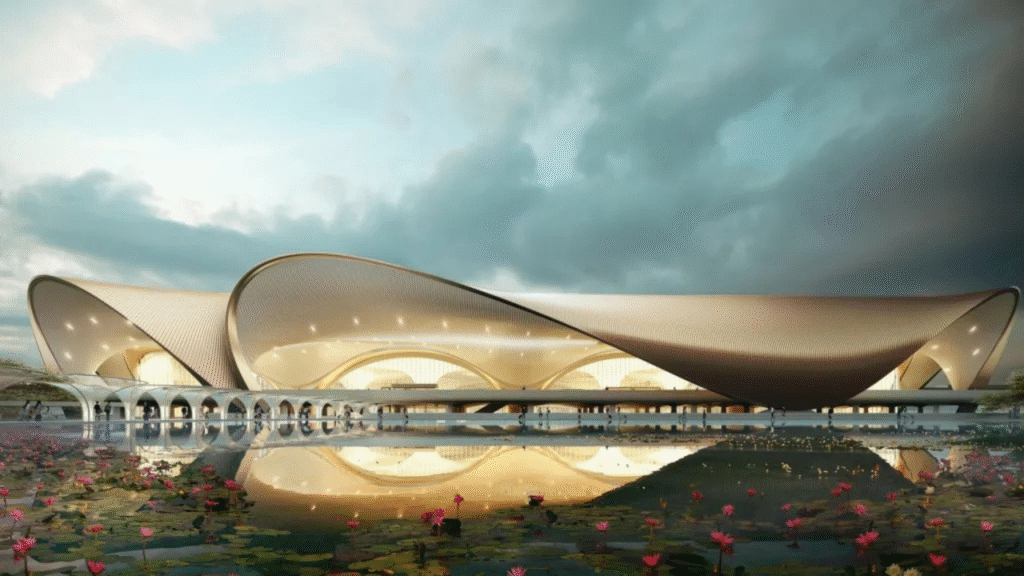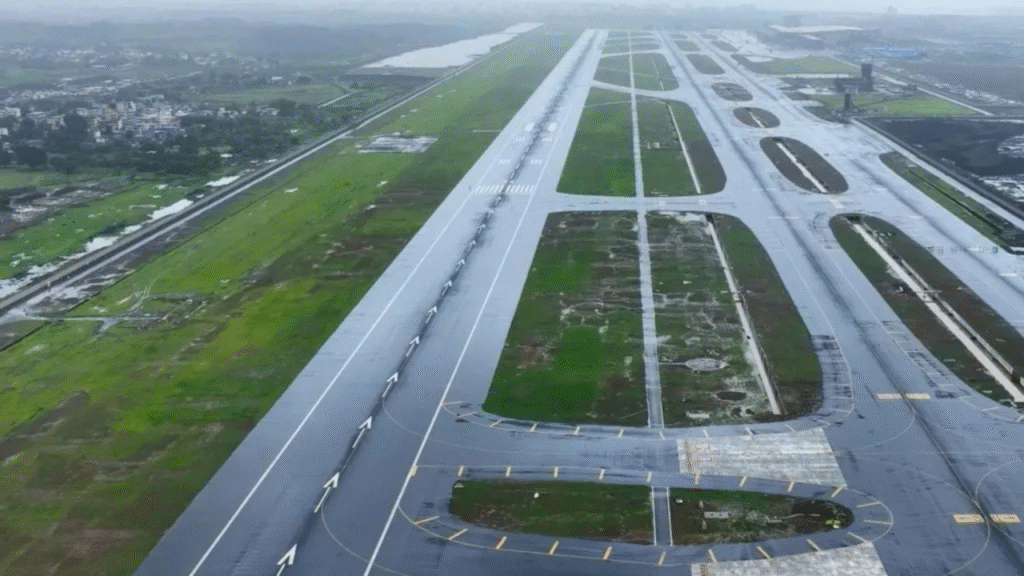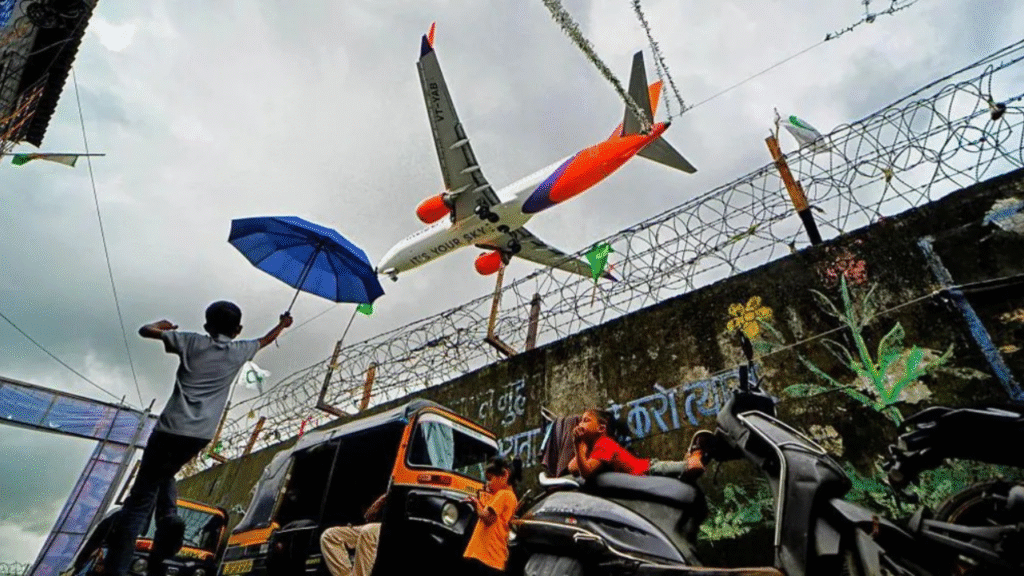India’s bustling financial hub is preparing to launch its second major airport, a move that promises to transform Mumbai into a global aviation powerhouse while testing passengers’ patience with lengthy commutes.
The Navi Mumbai International Airport is poised to open its doors after years of setbacks, offering much-needed relief to the city’s congested existing facility. Nestled in dense urban sprawl with buildings blocking flight paths and operational limitations preventing simultaneous runway use, Mumbai’s current airport has long struggled under the weight of demand.

Adani Airport Holdings Limited CEO Arun Bansal explained that the existing airport has reached its breaking point, handling its maximum capacity of 55 million annual passengers with an additional 20 million travelers seeking service. The new facility aims to bridge that gap.
Spanning 1,100 hectares approximately 40 kilometers from Mumbai’s traditional commercial district, the airport features two parallel runways and connects to the island city via India’s longest sea bridge. Plans call for eventual expansion to accommodate 90 million passengers yearly.
According to Shukor Yusof from Singapore’s Enadu Analytics, Mumbai will become India’s first major city operating dual airports, reflecting the nation’s surging position in global aviation. The sector has experienced remarkable double-digit growth over four years, surpassing most worldwide markets. Indian carriers have ordered roughly 1,900 aircraft, with a thousand expected within five years.
Adani touts the facility as India’s first completely digital airport, purpose-built as a hub with cutting-edge technology streamlining check-in, security, baggage handling and boarding processes. The company has secured partnerships with major carriers including Indigo, Akasa Airlines, and Air India, which plans service to 15 cities with gradual expansion to international routes.
Industry observers anticipate strong airline interest in securing slots at the capacity-starved Mumbai market.
However, significant operational hurdles loom as the airport prepares for launch.

The facility’s remote location presents considerable inconvenience for travelers, particularly those making connections. Journeys from certain Mumbai suburbs can stretch to three hours. A proposed 20-minute metro link between airports remains years away from completion. Meanwhile, the airport plans electric bus shuttle service for connecting passengers.
Aviation consultant Alok Anand from Bengaluru acknowledges the situation is “not ideal” but typical of Indian infrastructure projects where supporting systems lag behind primary construction. He doubts passengers will transfer between airports until better connectivity materializes.
For the foreseeable future, both airports will service domestic and international flights. Eventually, when transportation improves, overseas operations may shift exclusively to the new facility.






